You are viewing ARCHIVED content published online before January 20, 2025. Please note that this content is NOT UPDATED, and links may not work. Additionally, any previously issued diversity, equity, inclusion or gender-related guidance on this webpage should be considered rescinded. For current information, visit https://www.blm.gov/blog.
Keep our 75th celebration going, keep coming to the public lands
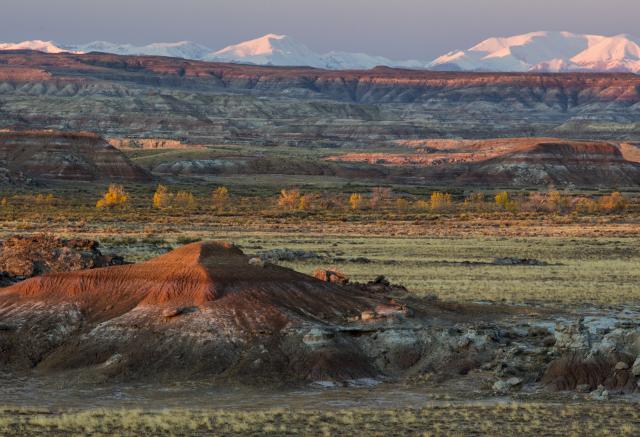
By: Derrick Henry, BLM Public Affairs Specialist
We are midway through celebrating the Bureau of Land Management’s (BLM) 75th anniversary and meanwhile there’s optimism that the worst days of the pandemic are over. Americans are breaking in new hiking boots, respooling fishing reels, and tuning their bikes to answer the call of summer activity.
Over the last year, while the coronavirus pandemic inflicted tragedy, grief, and pain, the natural world continued to offer peace, escape, and hope for many. Now, as the nation recovers and rebuilds, the public lands are a widening band of light that keeps us at a safe distance from a year like no other. This is the state of mind we have adopted, an attitude that acknowledges the effect of hard times while allowing ourselves the dignity of joy.
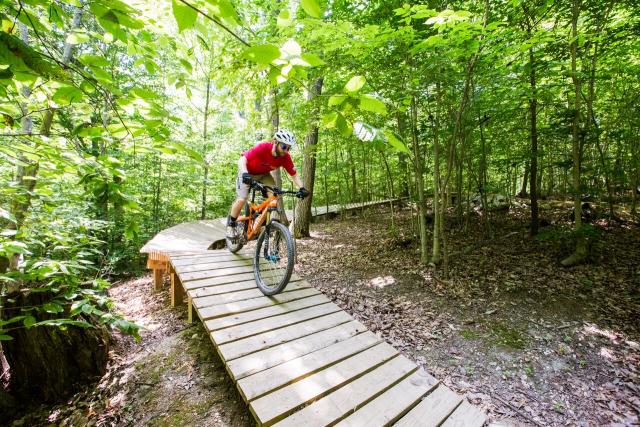
With that in mind, we proudly honor Great Outdoors Month, a celebration designated by Congress in June 2019. What started as Great Outdoors Week in 1998 remains an annual invitation to explore the great outdoors, to experience our nation’s natural heritage, and to continue our nation’s tradition of preserving and conserving our lands for future generations.
This year, Great Outdoors Month is part of the BLM’s year-long 75th birthday celebration. Please join us by visiting your public lands. And whether you are new to these landscapes or preparing to reconnect, we want you to know that BLM employees have been working hard to ensure a world-class outdoor experience.
In working with the Department of the Interior, we have incorporated Centers for Disease Control and Prevention (CDC) guidance. Using CDC guidance gives us flexibility to adapt in case conditions change based on current science. In fact, we have been using CDC guidance since the pandemic began. We also continue to emphasize responsible recreation, which means avoiding high-risk outdoor activities, sticking to small groups, being prepared, always ready to “pack it in and pack it out,” and being respectful of others.
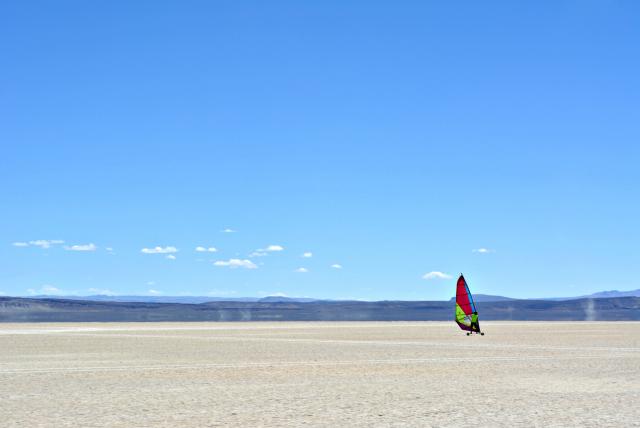
While a few facilities were shut or restricted during the pandemic, the public lands themselves remained open for recreation and exploration, with our emphasis on public health and safety. Employees continued the work mandated under our mission to manage lands for various uses, especially recreation. Public lands remained a destination in 2020, when we recorded more than 73 million visits to public lands and issued nearly 4,700 permits for commercial, competitive, and organized group activities. We were even able to mark National Public Lands Day with in-person and virtual events, a sign of the enduring spirit of service that healthy landscapes inspire.
These lands provide so many benefits for a healthy lifestyle that no matter what your interests or hobbies, there is an activity for everyone. Imagine a break from the daily overlap of zero-contact shopping, remote learning, news, and screen fatigue. Imagine the sensation of a mind free of digital silt.
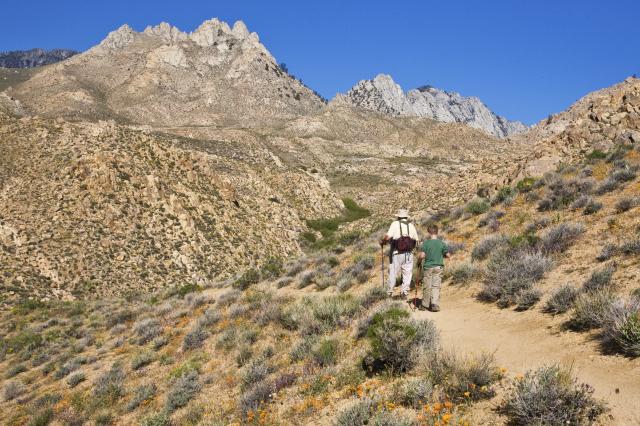
Now imagine yourself, gear dialed, at the Phil’s World mountain biking trail system in Colorado. Or casting flies among the steep terrain of the Rogue National Wild and Scenic River in Oregon. Feeling your feet sinking into and then gripping the slopes of the Imperial Sand Dunes in California.
If you’re into side-trips, there also are many public lands opportunities on the way to other, well-known destinations.
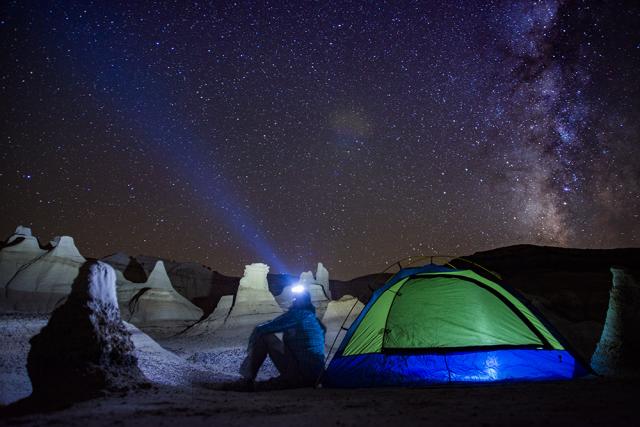
For example, the BLM’s Grand Canyon-Parashant National Monument is located on the edge of the Grand Canyon. Situated on the Colorado Plateau in northwestern Arizona, the monument borders Grand Canyon National Park to the south, and Nevada to the west. In southern New Mexico, the Aguirre Spring Campground, situated in the Organ Mountains, overlooks the White Sands National Monument. In northern Palm Beach County on Florida’s urbanized Treasure Coast, the 120-acre Jupiter Inlet Lighthouse Outstanding Natural Area offers rich history and remarkable biodiversity.
You can see many more examples on our social media channels that promote recreation in honor of Great Outdoors Month and our 75th birthday. In fact, our blm.gov homepage regularly features sites to get you started and tips for the best experience.
The wide diversity of landscapes across BLM-managed public lands -- 245 million acres -- offer visitors unique opportunities and memorable experiences as broad as the land itself. All these acres with their endearing and important qualities are available to you. Your opportunities await here.
Related Stories
- Progress on Public Lands: BLM 2025 Trump Administration Accomplishments | January 20 - December 31, 2025
- Popular posts: BLM's most viewed blogs of 2025
- Take a First Day Hike on Your Public Lands
- Using science to uncover mysteries of the Mesa archaeological site in Alaska
- “Where did my horse come from?” BLM launches a new way for adopters, trainers and others to learn about their wild horses and burros
